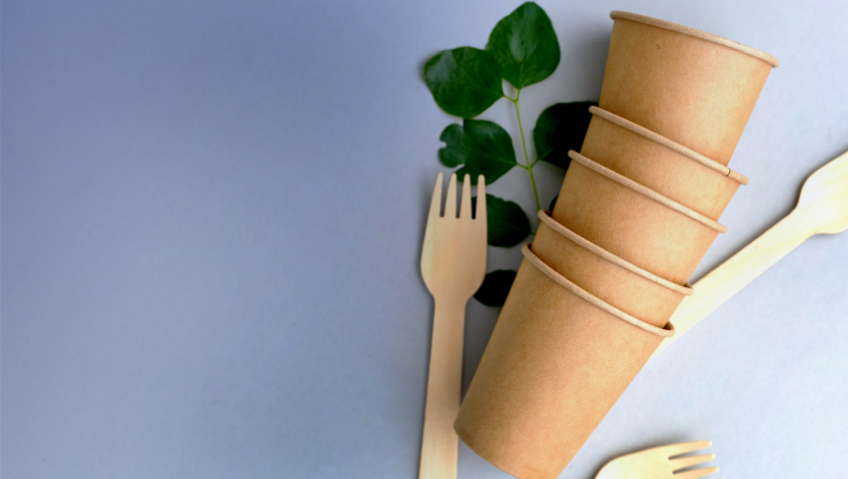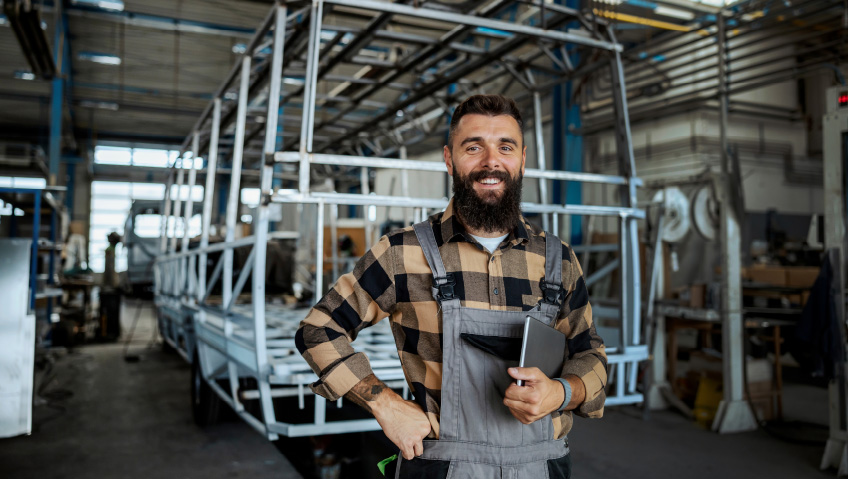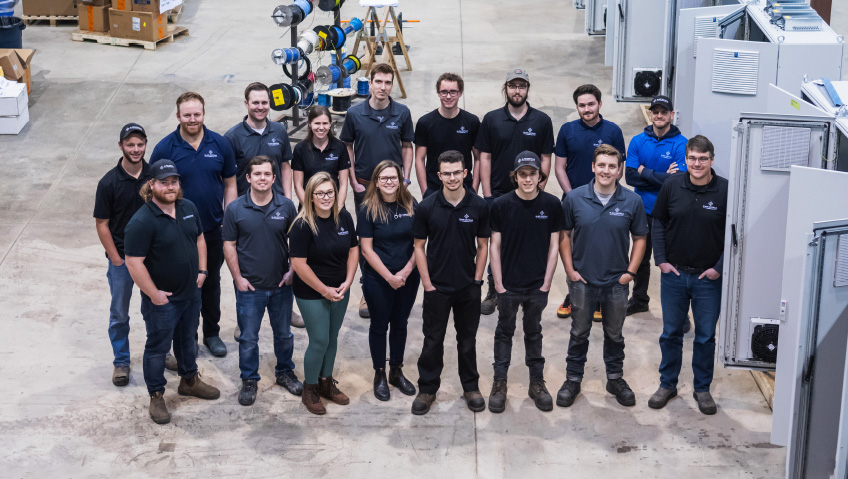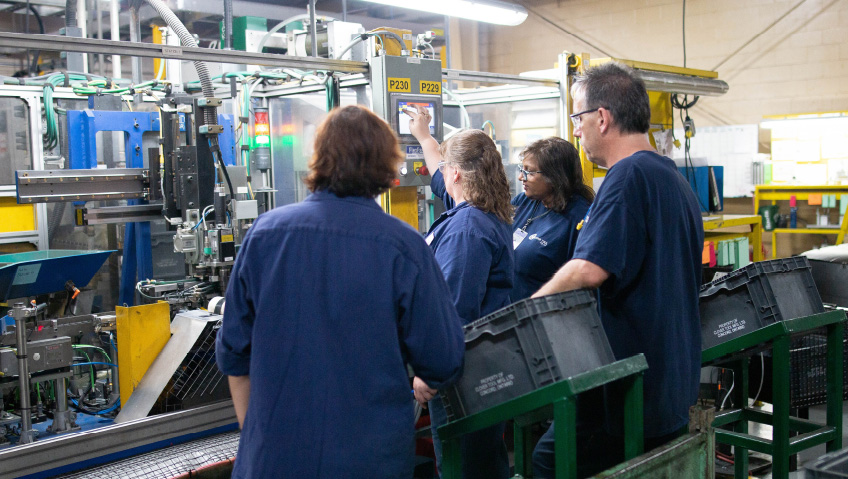Wrapping up old-fashioned packaging ideas may be more difficult for some industries than others. Difficulties aside, however, the reality is that, as climate change begins to hit home around the world, it is time to get creative and far more benevolent toward our planet. In this feature, we explore several solutions to some urgent packaging issues that some of the world’s biggest brands are embracing.
In the seventeen goals listed on the United Nations’ sustainability agenda set to be achieved over a fifteen-year timeline, the organization forecasts 9.6 billion humans will inhabit the earth by 2050. Since we already find ourselves in an environmental quandary, becoming a planetary asset as a species, rather than a liability is urgent.
The good news is that North Americans are starting to take the matter of single-use materials seriously, with a March 2020 study by Two Sides North America, a non-profit organization representing the paper-based packaging industry, showing strides in consumer awareness and preferences toward earth-friendly packaging. The study found that nearly two-thirds of American consumers are deliberately reducing their plastic packaging consumption.
Now the goal is to convert the as-yet-unconverted, and, thanks to modern technology, the packaging industry has the opportunity to become more innovative than ever before. Lightening our impact on the earth relies on curbing our consumption of goods and natural resources while producing goods that are not harmful to the environment at the end of their original purpose and can also be transformed into nothing by earth-friendly means.
And, while many people have been working on ways to achieve this, not all packaging that claims to be eco-friendly is equal.
Package fabrication can use sustainable energy derived from alternative resources such as solar, wind, and other types of power to avoid using electricity drawn from the main power grid throughout its entire process. Preferably, materials should be recycled and biodegradable and non-toxic, including the inks used to decorate them. The manufacturing process should also be as lean and as environmentally clean as possible.
Finally, the packaging volume should closely match the size of its content, eliminating or at least minimizing the need for extra layers of wrapping, both of the contents and the final, packaged unit. When this is not possible, additional layers should adhere to the same sustainability standards.
Finally, the goal is to avoid unnecessary transport. The shorter the distance between the client, the packaging manufacturers, and the materials suppliers, the less greenhouse gas is emitted, and fewer natural resources are under pressure during the manufacturing process. And by reducing the weight of the packaging materials, more products can be transported at one time, minimizing emissions even further.
While this does sound like a tall order for smaller brands, one way to ensure that packaging meets all these requirements is by consulting the guidelines set by the Sustainable Packaging Coalition’s membership rules. The coalition was founded at the 1992 Earth Summit by architect William McDonough, who was called “the mastermind of sustainable design.”
The Sustainable Packaging Coalition even has three cities’ recycling departments as members and its website lists an impressive list of sustainable packaging manufacturers, making it easy to find a trustworthy supplier. Bioplastics.com also provides a weighty list of bioplastics companies from raw materials suppliers and traders to service providers and manufacturers to further assist in finding contacts in this field.
Some of the more advanced materials applied to sustainable packaging and the disposable bioplastics field include crystallized polylactic acid (CPLA), a thermoplastic aliphatic polyester derived from cornstarch or sugarcane and, in Asia, parts of the tapioca plant. This is reportedly one of the more cost-effective bioplastics to fabricate as traditional manufacturing equipment for petrochemical plastics can process this material just as successfully as it does old-fashioned plastics.
One of the world’s current plastics game changers is Radical Plastics, based in Beverly, Massachusetts. This next-generation innovator recently came up with a patent that adds a natural waste product to traditional polymers, allowing the material to self-destruct at the end of its purpose span. Since last year, this company has been producing a brand new plastic that can easily be recycled alongside non-biodegradable plastics and still break down in nature at the end of its life. The company received a $500,000, 76West Award in 2019 for its invention. Co-founder Kristin Taylor estimates that, at current rates, the planet will have to handle around six million tons of discarded plastic by 2050, a dire picture that her company wants to help prevent.
As with the packaging itself, eco-friendly printing materials rely on the same picture of overall sustainable printing protocols. One contributor which has reached a high level of organic ingredients in its inks is Sun Chemical, an international pigments and ink giant whose website hints at an annual turnover of close to $9 billion. With its headquarters in Parsippany, New Jersey, this American branch of its Dutch-based parent company, DIC Corporation, has aligned its sustainability goals with those of the U.N.’s 2050 global sustainability action plan.
To this end, the company prides itself on fabricating sheet-fed offset inks formulated from generous levels of sustainable plant oils of varying sources. Its SunLit® and SunPak® ranges reportedly shine in C14 tests revealing they contain seventy percent organic content. The C14 test is the same carbon determination method commonly applied to date archaeological artefacts.
To support innovation in this field, several incentive programs exist, amongst which the U.S. Department of Agriculture’s BioPreferred® Program focuses on supporting the inclusion of renewable agricultural materials in such applications. Such products must contain little to no heavy metals and release zero to a minimal percentage of volatile organic compounds into the atmosphere.
Sun Chemical also developed a specialized glue that received the Association of Plastic Recyclers’ (APR) nod for Responsible Innovation. The product makes it much easier to remove shrink sleeve labels from polyethylene terephthalate (rPET) bottles during the wet cycle – bottles that would otherwise end up in landfills because the label could not be removed. The best part is that the product can be used with existing equipment without the need for upgrades.
While a one-size-fits-all, sustainable packaging solution does not yet exist, it is exciting to discover the incredible number of manufacturers around the world which are applying tremendous resources to solve the issue of sustainable packaging in wholly unexpected and refreshingly creative ways.






